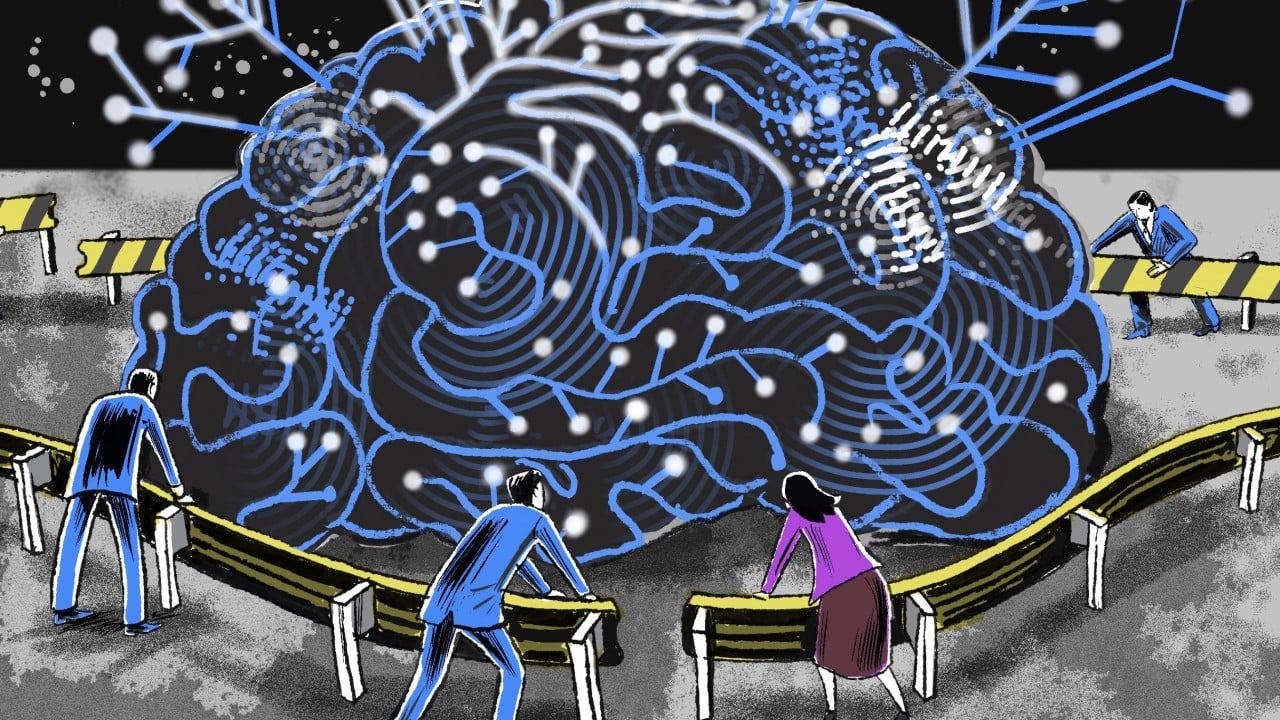History rarely announces its turning points. More often, we wake up to find that the world we assumed was fixed has begun to shift beneath our feet. That is happening now.
Artificial intelligence, quantum technologies and space infrastructure are advancing at a pace that stretches our political instincts – even our imagination. Each is transformative on its own. Together, they are becoming the new architecture of global power, an engine that will determine which nations shape the century ahead and which struggle to keep pace.
A senior Asian policymaker remarked recently, half-jokingly: “We’re not competing on GDP any more – we’re competing on brainpower.” He wasn’t wrong. But the subtext was darker: brains without guardrails can burn down the house. The room went quiet after he said it – not because people disagreed, but because everyone knew he’d named the game.
Advertisement
AI is fast becoming the cognitive backbone of modern life. It will drive scientific discovery, optimise energy and transport systems, guide medical diagnostics, secure supply chains and shape the information ecosystems we inhabit every day. The question is no longer who can build the largest models, but who can ensure these systems elevate human dignity rather than diminish it. AI is not only a technological frontier; it is a test of moral purpose.
One way to see the stakes is through a modern echo of Alan Turing’s famous question, “Can machines think?” For decades, passing the Turing test sounded like a distant milestone. It isn’t. Earlier this year, a leading large language model convincingly cleared a close variant of Turing’s original imitation game, with human judges mistaking it for a person roughly three-quarters of the time.
Advertisement
That moment matters not because it proves silicon has a soul, but because it marks a psychological threshold: at scale, people can no longer reliably tell where human judgment ends and machine agency begins.

